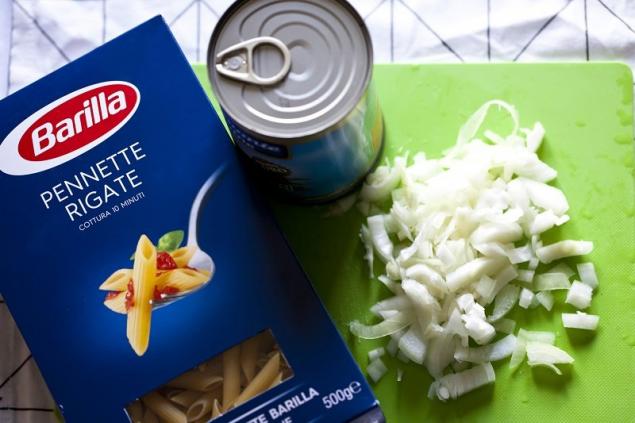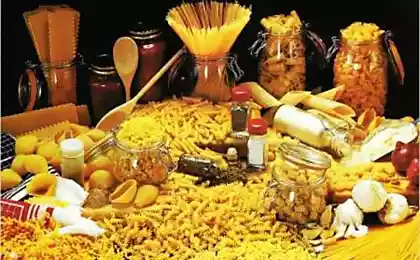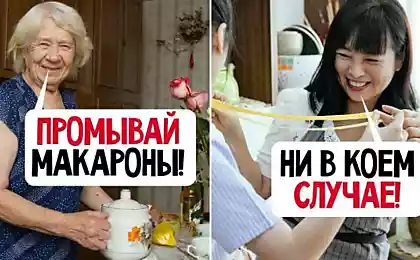164
Rules for choosing pasta
When choosing pasta, you often have to ask yourself: is there a big difference in quality and taste between expensive and cheap?

For example, on one shelf store pack of pasta for 30 rubles, and on the next for 300. In appearance almost the same, pasta they are pasta.
Do you need to fork out for more expensive ones or is it a waste of money, an overpayment for beautiful packaging and brand promotion?

In fact, the price of pasta is affected by several factors about which "Site" I will tell you in this article.
Which pasta is better What depends on the quality of pasta
Most packages of pasta are made transparent or with a transparent cut, so that define quality pasta It won't be difficult.
34053.
They should be predominantly golden, yellow, amber in color, with a smooth surface and glassy edges.
The package must not contain debris or pasta crumbs. After all, their strength directly depends on the quality of flour and compliance with the technological process of drying.
On the shelves of stores there are often very expensive imported pasta, but if their domestic counterpart is also made of wheat of hard varieties, then there may not be a special difference in quality.

An unscrupulous manufacturer or store can artificially increase the price of a brand, packaging or imported product. Read the label carefully and don’t be fooled!

For example, on one shelf store pack of pasta for 30 rubles, and on the next for 300. In appearance almost the same, pasta they are pasta.
Do you need to fork out for more expensive ones or is it a waste of money, an overpayment for beautiful packaging and brand promotion?

In fact, the price of pasta is affected by several factors about which "Site" I will tell you in this article.
Which pasta is better What depends on the quality of pasta
- Type of flour
Depending on the quality of the raw materials, GOST divides pasta into groups A, B and B (by the hardness of the wheat from which the flour was made) and into the highest, first and second class (depending on the variety of flour).
Group A pasta is made from hard wheat (durum). Such pasta do not stick together, are rich in vitamins, minerals, have a low GI (glycemic index) and will not settle on your waist, if you have them in moderation, of course.
Group B pasta (from soft wheat) contain more starch and less nutrients, leave white and glutinous water after cooking, do not hold shape and often stick together in clumps.
Note that the main thing here is the group. Pasta with the inscription “Group A, second grade” will be much tastier and healthier than the product with the inscription “Group B, highest grade”. - Production technology
The longer pasta is cooked, the higher the quality and price will be. They must dry properly so as not to fall apart during the cooking process, but the drying of cheap pasta is artificially accelerated to obtain large volumes of products.
- Form
The surface of quality pasta is covered with miniature grooves, thanks to which the sauce, even ordinary oil, is held, rather than draining back to the plate. That is why the quality pasta is so delicious.
- Protein content
GOST 2018 allows you to add to solid flour up to 15% soft and still call the final product pasta from hard wheat varieties.
A sign that allows you to determine pasta And the presence of additives in them is a massive proportion of protein. Good pasta contains a minimum of 12 grams of protein per 100 grams of pasta. The higher this indicator, the better the quality.
Most packages of pasta are made transparent or with a transparent cut, so that define quality pasta It won't be difficult.
34053.
They should be predominantly golden, yellow, amber in color, with a smooth surface and glassy edges.
The package must not contain debris or pasta crumbs. After all, their strength directly depends on the quality of flour and compliance with the technological process of drying.
On the shelves of stores there are often very expensive imported pasta, but if their domestic counterpart is also made of wheat of hard varieties, then there may not be a special difference in quality.

An unscrupulous manufacturer or store can artificially increase the price of a brand, packaging or imported product. Read the label carefully and don’t be fooled!



























